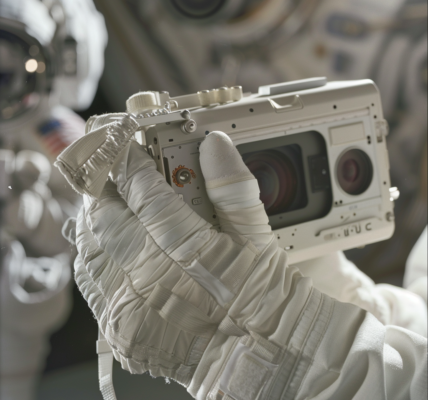Scientists have discovered a remarkable planetary system, located around 100 light-years from our Solar System, that is being hailed as the most mathematically perfect system of exoplanets ever observed. The star at the center of this system, an orange dwarf named HD 110067, is orbited by six exoplanets that move in perfect harmony with each other, forming a chain of orbital resonances.
This rare and stable configuration has intrigued scientists, who believe that it offers an ideal environment for the emergence and evolution of life. Astrophysicist Carmen Choza and her team from the SETI Institute have conducted a thorough search for radio signals indicating the presence of alien technology, known as technosignatures, within this planetary system. Although their initial search yielded no evidence of such signals, they remain optimistic about the potential for future observations with more sensitive equipment.
Finding technosignatures in the Milky Way is a challenging task due to the vast size of the galaxy and the uncertainty surrounding the nature of such signals. Despite these challenges, scientists are hopeful that continued efforts to explore distant planetary systems like HD 110067 could eventually lead to the discovery of extraterrestrial technology.
This discovery not only sheds light on the potential for life beyond our Solar System but also underscores the importance of ongoing research into exoplanetary systems. As our understanding of the cosmos continues to expand, the search for signs of alien life and technology remains a captivating and enduring quest for scientists and researchers.





